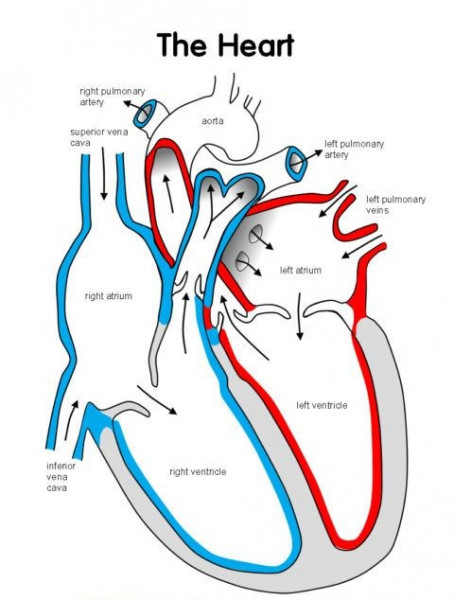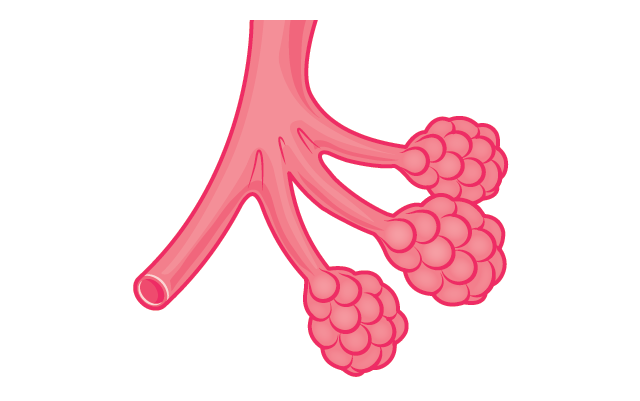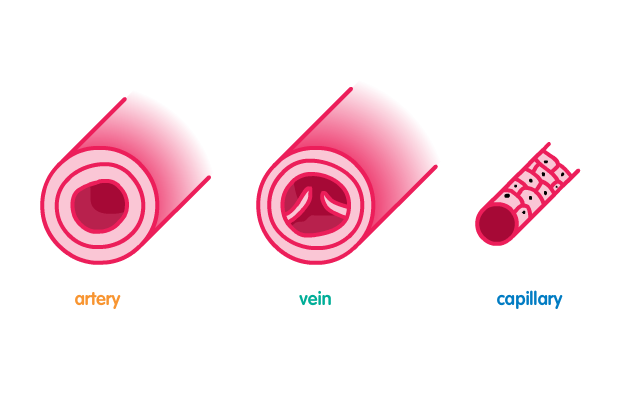





September 10, 2022
The human heart works in a double circulatory system.
This is because the blood flows through two circuits.
One circuit carries oxygenated blood around the body.
The other circuit carries deoxygenated blood to the lungs to pick up more oxygen.
The heart is a muscle so it needs its own blood supply.
The coronary arteries supply the heart with its own source of oxygenated blood and glucose.
The heart pumps oxygenated and deoxygenated blood.

Deoxygenated blood from the body enters the heart through the vena cava.
The right ventricle then pumps the deoxygenated blood to the lungs through the pulmonary artery.
The lungs supply the blood with oxygen.
The oxygenated blood enters the heart through the pulmonary vein.
The left ventricle pumps the oxygenated blood through the aorta to the rest of the body.
Each side has an atrium that receives blood and pumps it to the ventricle.
Valves stop the blood from flowing backwards.
The bronchi are the tubes leading to each lung.
One of the bronchi is called a bronchus.
Each bronchus divides into smaller and smaller pipes.
They end in millions of tiny pockets called alveoli.

One of the alveoli is called an alveolus.
The alveoli give a large surface area for gas exchange.
Lots of alveoli create a larger surface area and a faster rate of diffusion.
Each alveolus is surrounded by tiny blood vessels called capillaries.
The capillaries maintain a high concentration gradient for a faster rate of diffusion.
The blood arriving in the capillaries is deoxygenated.
As a result, there is more oxygen in the alveoli than in the blood.
This causes oxygen to move into the blood by diffusion.
There is also more carbon dioxide in the blood than in the alveoli.
As a result, carbon dioxide diffuses from the blood to the alveoli and is breathed out.

There are three types of blood vessel in the circulatory system.

Arteries carry blood away from the heart.
They have thick, elastic walls to cope with the high pressure of the blood.
Veins carry blood back to the heart.
The blood is at a lower pressure, so veins are wide to help the blood to flow.
Veins contain valves to keep the blood flowing in the right direction.
Capillaries are tiny vessels that carry blood close to every cell in the body.
A thin wall allows substances such as oxygen and nutrients to move in and out of the blood.




































































































































































































































Science Clinic Private Tutors





5.0 rating of Parents reviews